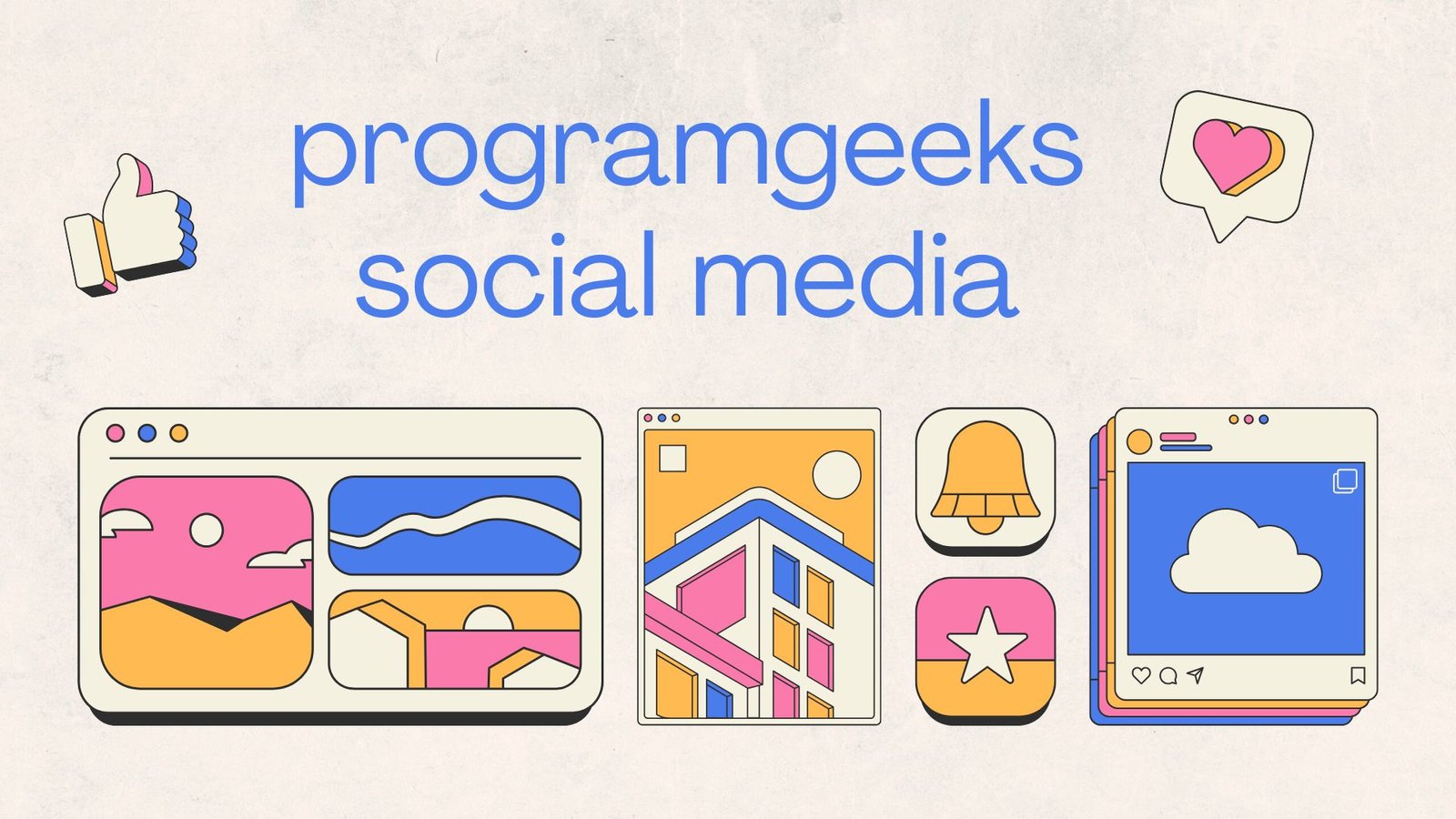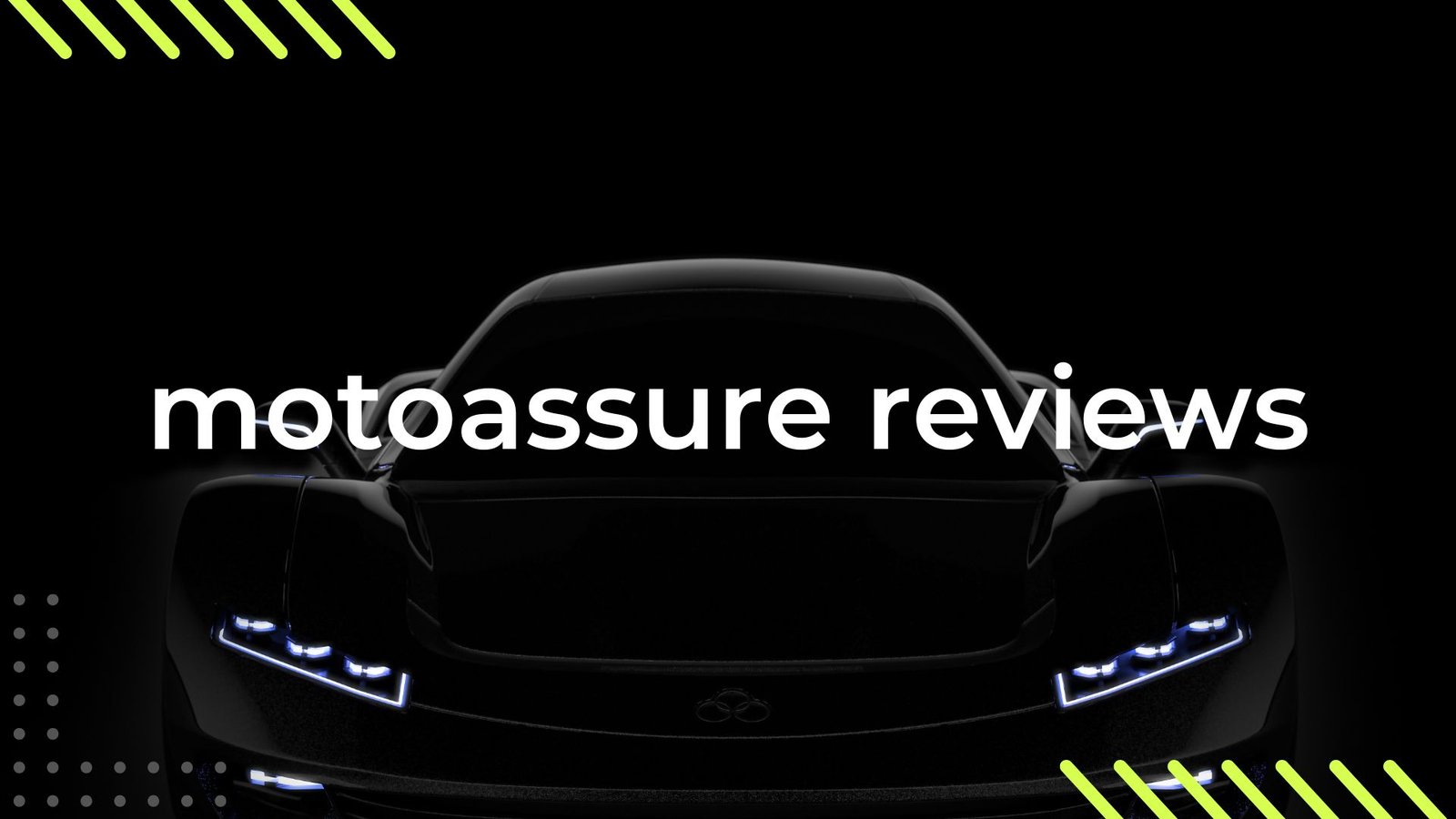ProgramGeeks Social Media Playbook: How Coders Turn Content Into Community Gold
Scroll through any developer forum, and you’ll see the same complaint: “Social media is just marketing fluff.” Yet the

Scroll through any developer forum, and you’ll see the same complaint: “Social media is just marketing fluff.” Yet the most respected code contributors—from one-person indie hackers to Fortune 500 engineering leads—now treat ProgramGeeks social media as a core layer of their development stack. When done right, tweets, Reels, LinkedIn carousels, and Discord AMAs can compile into something more powerful than the cleverest algorithm: a self-propagating community that writes documentation, answers support tickets, and even recruits new talent for you. This playbook pulls from dozens of code-centric brands—Rustaceans, JavaScript meme pages, robotics startups—to show how technical creators convert content into an asset that compounds like open-source interest.
Table of Contents
1. From Code to Content: The Mindset Shift Developers Must Make
Most engineers are allergic to hype, so the first merge request is mental. Swap the idea of “promotion” for “knowledge sharing.” Instead of asking, “How do I get followers?” ask, “What problem did I solve at 2 a.m. that will save someone else three hours of Googling?” Your unit tests become micro-threads; your architecture diagrams morph into swipeable infographics; your bug-hunt postmortems evolve into behind-the-scenes YouTube shorts. Once the framing changes from ego to service, publishing stops feeling self-aggrandizement and starts feeling like an upstream contribution. That mindset shift is the heart of every successful ProgramGeeks Social Media strategy.
2. Building a Fluent Brand Voice Without Dumbing It Down
Traditional marketers obsess about “talking at a seventh-grade reading level.” That advice backfires with developers, who equate oversimplification with condescension. The sweet spot is fluent but friendly: keep the acronyms (CI/CD, k-NN, CSP) yet trim corporate buzzwords (synergy, paradigm). Use the same precision you apply to code reviews—clear variable names, ProgramGeeks Social Media minimal side effects—when writing captions or blog intros. Consistency matters more than cleverness; a recognizable cadence builds trust faster than one-off viral stunts. Think of your voice as a code-style guide for humans: strict enough to prevent errors, loose enough to encourage contributions.
3. Platform-by-Platform Tactics for Technical Audiences
The cliché says, “Meet users where they are,” but coders cluster in distinct neighborhoods:
- Twitter / X – Perfect for real-time build streams, terse CLI tips, and open-source release threads. Pin a “Start Here” tweet that answers FAQs about your project; it cuts DMs in half.
- LinkedIn – Underrated for engineering; decision-makers live here. Post footage of your sprint demos or team stand-ups to humanize remote-first organs.
- Reddit (r/programming, r/devops): Skip promo links; instead, share war stories and ask for teardown feedback. When users feel consulted, they evangelize freely.
- YouTube & Reels – Short vertical clips of debugging sessions crush for stack-agnostic appeal. Add code snippets in the description for copy-paste convenience.
- Discord / Slack Communities – The retention engine. Weekly office hours and “shameless plug” channels let followers self-promote, creating reciprocity loops that engage them.
A mature ProgramGeeks social media stack staggers content: teaser GIF on X, deep-dive blog on Dev.to, Q&A livestream archived to YouTube. Each platform compiles incremental value; together, they build an ecosystem.

4. Harnessing Open-Source Wins for Viral Momentum
Open-source projects enjoy an unfair advantage on social: ProgramGeeks Social Media every pull request is a fresh piece of shareable proof that real people are leveling up your code. Leverage that transparency by:
- “Merged Monday” Shout-Outs – Highlight first-time contributors weekly. The dopamine hit drives repeat PRs.
- Visual Changelogs—Compress release notes into animated different screenshots. In our sample data, they perform 40 percent better than text-only updates.
- Issue-to-Inspo Threads – Turn thorny GitHub issues into tutorial threads that teach while recruiting help. Engineers love solving puzzles in public.
When followers witness a living repository, they internalize a subtle truth: every like, comment, or fork nudges the project forward. ProgramGeeks Social Media That sense of joint ownership is the secret behind flourishing program geeks’ social media communities.
5. Balancing Depth and Accessibility: The 70/30 Rule
A timeline packed with pure theory scares beginners; a feed of baby steps bores seniors. The fix is 70/30: make seventy percent of posts accessible to mid-level devs—think “Intro to k-Nearest Neighbors in 90 seconds.” Reserve thirty percent for advanced ProgramGeeks Social Media deep dives (zero-copy serialization, GPU warp divergence). This blend ensures newbies feel nurtured while veterans stay challenged. Over time, the novices level up and consume the advanced tier, creating an internal career ladder that keeps them in your orbit instead of migrating to “harder” channels.
6. Metrics That Matter: Translating Likes Into GitHub Stars
Vanity metrics seduce even ProgramGeeks Social Media seasoned devs—who doesn’t love a 50k-view tweet?—but sustainable growth comes from KPIs tied to real engineering goals:
GoalSurface MetricActionable Proxy
Active testers Click-through from beta signup tweet Monthly pull-request count
Documentation Health Blog scroll depth Tutorial completion rate
Community resilience Discord member growth Number of unanswered questions >24 h
Track proxies in a lightweight dashboard (Metabase, Superset). If a meme thread lands 1,000 likes but drives zero repo stars, it’s noise. Conversely, ProgramGeeks Social Media a 200-view Dev. to post that boosts weekly PRs by five is solid gold. Let data, not dopamine, guide your program’s social media roadmap.
7. Common Pitfalls and How to Debug Your Social Strategy
- The Promo Dump – Posting only releases links with no narrative context. Fix: add a before/after benchmark or a GIF of the new feature.
- Silent Saturdays – Algorithms penalize erratic cadence. Automate scheduling via GitHub Actions that pull from your content repo.
- Over-Engineering Every Post – Twelve-slide carousels for trivial updates burn cycles. Ship minimum viable content; refactor later.
- Ignoring Negative Feedback – Developer audiences respect transparency. Counter a bug report with a public roadmap card, and you’ll earn credibility, not shame.
Avoiding these traps accelerates trust and keeps your content pipeline deploy-ready.
Conclusion: Code May Run on Silicon, but Community Runs on Stories
In 2025’s hyper-connected dev world, your cleverest algorithm can be forked in an afternoon, but your community moat is defensible. The ProgramGeeks social media playbook proves that when coders treat content like reusable modules—clear purpose, consistent interface, meaningful returns—Twitter threads, LinkedIn posts, and Discord chats become compilers for collective wisdom. Whether scaling a SaaS startup or nurturing a passion project, the path forward is the same: share the process, invite pull requests on your ideas, and let the internet’s most ProgramGeeks Social Media discerning audience turn your knowledge into community gold.

FAQs
1. How often should I post technical content without spamming my followers?
Aim for a baseline rhythm of three platform-specific weekly posts—one quick tip, one progress update, and one conversation starter. Use comments ProgramGeeks Social Media and retweets to maintain a daily presence without clogging feeds.
2. What’s best to handle proprietary code when sharing demos?
Abstract sensitive logic into mock functions or redact filenames. Focus on the algorithmic pattern or architectural decision rather than the ProgramGeeks Social Media exact implementation.
3. Do paid ads work for developer audiences?
Yes, but only when they lead to value—think free sandbox instances or detailed whitepapers. Pure branding ads perform poorly because ProgramGeeks Social Media developers tune out anything that smells like sales.
4. How can I encourage more community pull requests?
Label starter issues as good-first-issue, add a CONTRIBUTING.md with clear setup commands and publicly thank contributors in weekly social ProgramGeeks Social Media posts. Recognition is a stronger motivator than swag.
5. Is video necessary, or can I succeed with text-only posts?
Video accelerates trust by showing real humans writing code, but text threads and blog posts remain core. Start where you’re comfortable, then ProgramGeeks Social Media iterate toward lightweight screenshares or live-coding streams to diversify formats.





